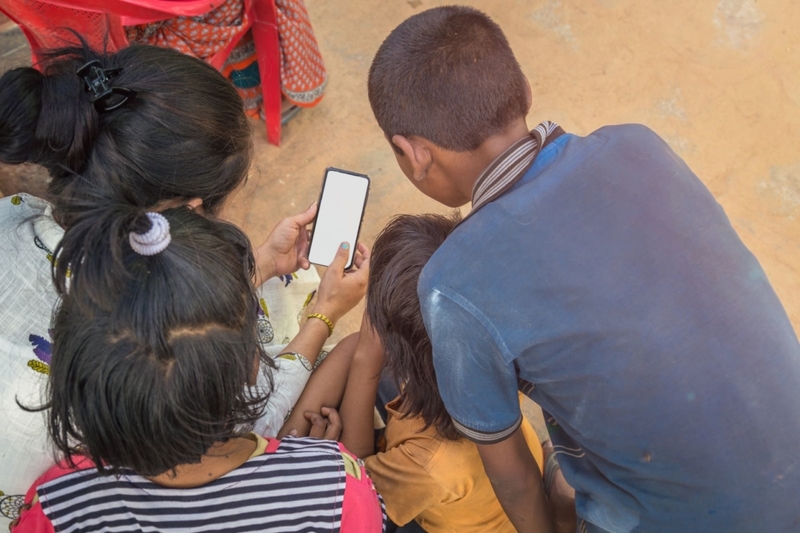The benefits that we can gain from Technology are endless, from a tiny microchip on your right hand that can open the door for you to providing low-maintenance laptops to poverty-stricken communities for schooling. Here are some key pros and cons as we progress forward into the digital era.
Hold on to Your Pearls.
As Desmond Tutu says, “the only way to eat an elephant is a bite at a time” and for us to overcome these global issues is to take steps forward. Substituting a bag with keys, wallets, and cell-phones with a microchip just under your skin might appeal to be a very futuristic leap but it’s happening across the world.

If You’re Happy and You Know It.
According to the Happy Planet Index (HPI) introduced in 2006, each country calculates its HPI value by subjugating an average from a country’s average of life satisfaction, life expectancy, and ecological footprint per capita. The inclusion of the ecological footprint invites innovation to improve productivity more sustainability. There seems to be absolutely no restriction on the wonders that advanced Technology can do for humanity. However, not every country has the infrastructure or the desire to welcome more, sophisticated technology and incorporate it into everyday life. Technology can equip rural communities with the tools to improve their crop quantity and quality which will improve their lifestyles.

I Got the Gig, Ma!
Extensive improvements in communications and operating systems cause sharp increases in the interconnectedness of international businesses. This new dimension of work, known as the Gig Economy – allows companies to hire someone of their choosing without geographic constraints. Technology is creating new possibilities for individuals previously disregarded due to their country’s location and reputation. Will technology be the final push that will separate the advanced countries from developing countries for good? There is potential to equip struggling economies with the tools to reduce corruption within their state and create international awareness of their condition. The Sustainable Development Goals (SDGs) were set in place in 2015 by the United Nations (UN) in hopes that all countries will achieve the 17 global goals for a more sustainable, equitable, and fair future for us all by the year 2030. Technology is essential in attempting to achieve any of the SDGs goals, let alone all 17 goals. For example, the 7th goal is to achieve clean and affordable energy.